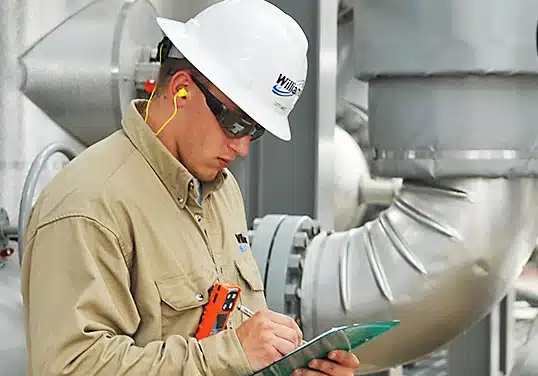The typical answer is that a maintenance engineer works on the short term, while a reliability engineer works on the long term.
A better answer is that the maintenance engineer’s job is to quickly return the equipment to an operational state, while the reliability engineer’s job is to prevent failure, as per Reliabilityweb.com.
This definition is far from ideal, as restoring the equipment to an operational state is typically the role of the technician. The maintenance engineer is involved, but they do much more than that.
Furthermore, reliability is not just about preventing failures. It is about anticipating and mitigating the consequences of future failures.

Reliability is also about looking at trends and changes in the operational context of the equipment and resolving potential problems before they reach a failed state.
Even this definition can leave much room for interpretation. In addition, some of the responsibilities are shared.
A maintenance engineer will be involved in reliability activities, while a reliability engineer will perform activities that could be considered maintenance-related.
Nevertheless, it is important to separate these roles and clearly define the responsibilities of each.
The two roles defined: the maintenance engineer focuses on solving the problem, while the reliability engineer focuses on solving the cause of the problem or potential problem so that in the future its consequences will be mitigated or eliminate
#reliability #testing #engineer

